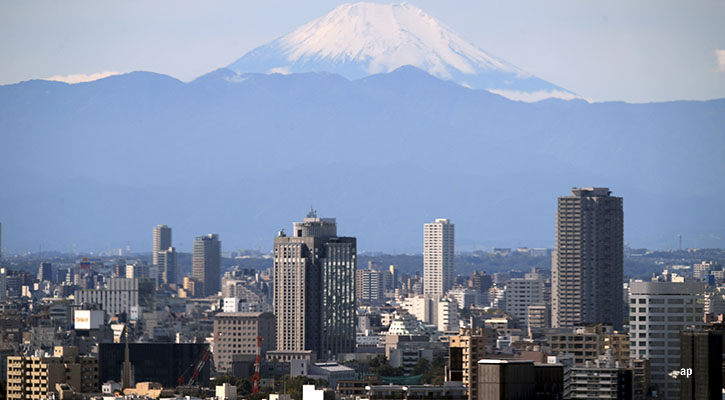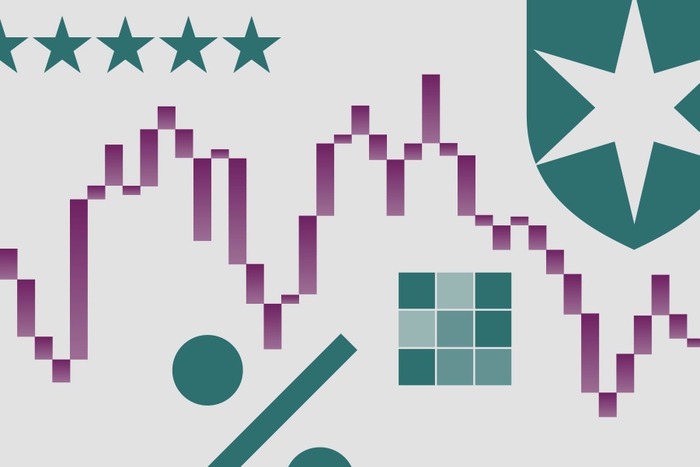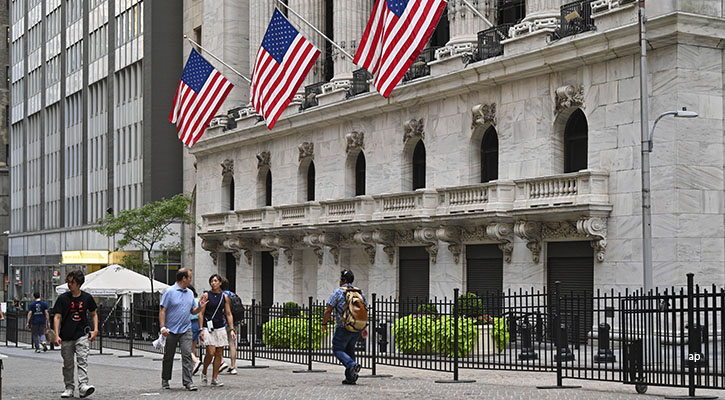ets and lowering discount rates, at which commercial banks borrow from central banks. In September the US Fed took an aggressive posture by cutting the Fed fund rate by 50 bps and discount rates by another 50 bps. The Fed's larger-than-expected rate cut spurred global equity markets to end with respectable gains, despite of all the turbulence along the way. MSCI World Free Index gained 1.95% for the third quarter while MSCI Pacific Free ex Japan Index gained 12.1% to lead regional performance. Emerging markets recovered strongly from August plunge as investors risk appetite resumed after the US rate cut. MSCI Emerging Market Index advanced 13.7% over the quarter while Emerging Asia lead performance league by returning 17.9%. Despite of generally weak economic data and fallout of housing markets, the S&P 500 finished with a modest gain of 2.03% and remains up a healthy 9.13 for the year, thanks to the Fed's larger-than-expected rate cut as well as further rate cut expectation. European stocks were lackluster on concern that subprime mortgage rout is spreading and the US economic slowdown will erode global economic growth. MSCI Europe Index gained 1.27% over the quarter, much lower than 6.89% in pervious quarter. On fixed income front, JPM Global Government Bond USD Hedged Index posted a positive return of 3.17% for the quarter although global bond markets remained volatile. The EMBI spread widened to 251bps in the middle of August as fallout of US subprime unnerved investors but narrowed later as US rate cut soothed investors. For the quarter, JPM EMBI+ gained 3.07%. Japanese bond funds were the best performing fixed income portfolio due to unwinding of Yen carry trade, returning 8.51% for the quarter. For the third quarter equity funds outperformed fixed income funds with China equities topped the performance league. Fund performance ranged from the 67.8 percent gains of the Hang Seng IS China H-Share Index Leveraged 150 A class to the 17.48 percent loss of Permal Long Funds Japan fund. Top Fund CategoriesAsia has remained relatively resilient throughout the subprime crisis, due in part to the growing domestic participation in local stock markets as well as healthy fundamentals. China continued to outperform other markets despite another hike in both its 1-year deposit rate and lending rates. The liquidity dry-up is the least concern by Chinese government. PBoC says that the M2 growth rate, although lower than previous month, rose 18% in August from a year ago. Given fast growth of money supply and surging inflation, more tightening policies are on the way. The Shanghai and Shenzhen 300 Index posted a stellar return of 48.3% for the third quarter and had a year-to-date return of 173.4%. Hong Kong also benefited from China's skyrocketing growth as well as affluent liquidity. In August China said it would allow individual investors buy Hong Kong securities in a pilot program. The pace of QDII (Qualified Domestic Institutional Investor) has also speeded up and attracted huge amounts of fresh capital from mainland investors. Hang Seng Index and HSCEI, gauges of Hong Kong 40 large cap stocks and Hong Kong listed Chinese enterprise respectively, soared to giant double-digit gains of 23.7% and 41.8% respectively over the third quarter. Correspondingly, China equity, Greater China equity, and Hong Kong equity, the top 3 performing fund categories, gained 38.75%, 25.41% and 23.5% respectively over the quarter. Gold touched a 28-year high at US$750 per ounce on subprime woes and oil breached above US$83 per barrel on dollar weakness, geopolitical and climate factors. Soaring gold prices pushed gold and precious metal fund quarterly performance. Morningstar Precious Metals equity category gained 23.06% over the quarter compared to 0.82% loss in previous quarter, making year-to-date return 22.5%. MLIIF World Gold A2 USD class topped the performance league by returning 27.37% over the quarter. A strong quarter for commodity prices led energy and materials shares to return strong gains, which in turn bolstered the average performance of energy funds and industrial material funds. MLIIF World Mining A2 USD lead Morningstar Industrial Materials category by returning 21.5% and Baring GUF Global Resources, the best performing fund within energy funds, returned 17.08% over the quarter. Last quarter's outperforming Singapore and Malaysia equity funds were laggards due to foreign investors' sell-off triggered by the subprime woes as well as local tightening policies. In July Singapore government announced to raise its land development charge rate in order to cool down the redevelopment frenzy, which halted strong performance of Singapore property stocks. Banking sectors also saw weakness in August due to their CDO exposures. MSCI Singapore was down 4.8% in August but bounced back strongly to end the quarter with a gain of 7.38%. Malaysia was hit hard as well by external events despite of healthy fundamentals and for the third quarter MSCI Malaysia Index edged down 0.01%. Over the quarter, Morningstar Singapore equity, Malaysia equity and ASEAN equity categories returned 4.98%, -0.5% and 4.19% respectively. Bottom Fund Categories The concern on spreading subprime woes will erode global economic growth along with liquidity crunch had negative impact on developed equity markets. For the first time in three year, all the bottom 20 fund categories are equity investments. Although the ECB and Bank of England halted rate hikes and pumped enormous cash into financial markets, European stocks posted the lowest quarterly return within one year. Turmoil in credit markets dampened financials sector while robust metal prices helped mining sector performance. European small cap stocks were hit hard as investors shy away from risk. Over the quarter, the average performance of UK Small-Cap equity fund, the worst performing fund category over the quarter, slumped 7.18%. Meanwhile, Europe ex UK Small/Mid Cap equity fund lost 2.08% on average. In the US, non-financial large-cap stocks outperformed their peers over the quarter and value-biased equity portfolio underperformed growth-tilted or blend style portfolios. The average US Large Cap Value equity fund lost 1.3% for the quarter. European property funds continued their downtrend, down 7.01% for the third quarter and 15.05% year-to-date. Strong Yen, although favorable to JPY fixed income, was detrimental to Japanese equities. MSCI Japan Index lost 1.41% over the quarter. The average Japan Small/Mid Cap equity fund registered a loss of 3.9% over the quarter while Japan large-cap equity fund lost 2.02%. JF Japan OTC fund, the worst performing fund within Japan Small/Mid Cap equity category, shredded 13.37% for the quarter and 24.27% year-to-date. For ranking tables, please click here. | |||
| Editorial & Research Team, Morningstar Asia Ltd. can be reached at hksupport@asia.morningstar.com | |||

















